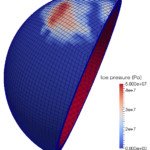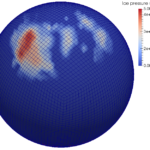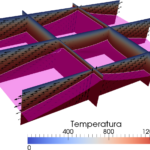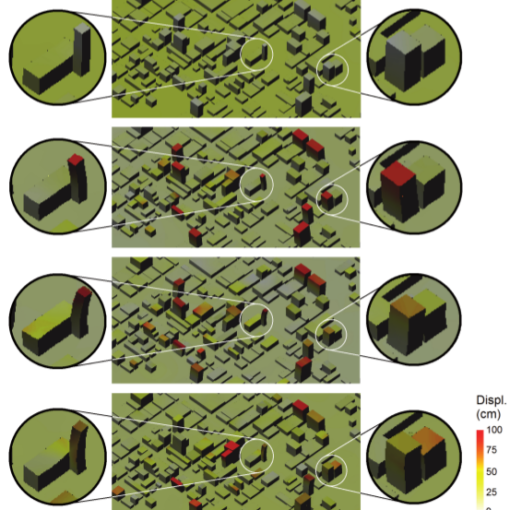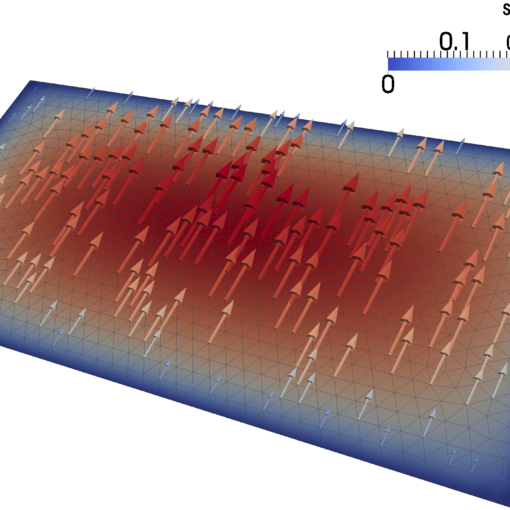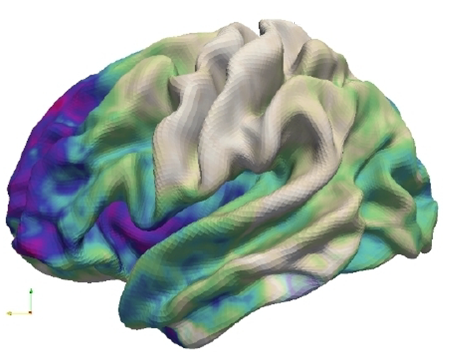Plate tectonics is a theory that describes the evolution of Earth’s lithosphere. The lithosphere is broken up in a set of regions called plates moving on the fluid-like asthenosphere; due to this motions earthquakes, volcanic activity and orogeny occur along plates boundaries. The relative motions of plates determine the type and the surface phenomena occurring along boundaries; three different types of boundaries exist: transform, divergent and convergent. In this context the work has been focused on the development of advanced mathematical and numerical models for the simulation of geodynamic processes, in particular the migration of the mid-ocean ridges and the glacial isostatic adjustement. More specifically 2D and 3D finite element codes for visco-elasto-plastic material has been developed.

